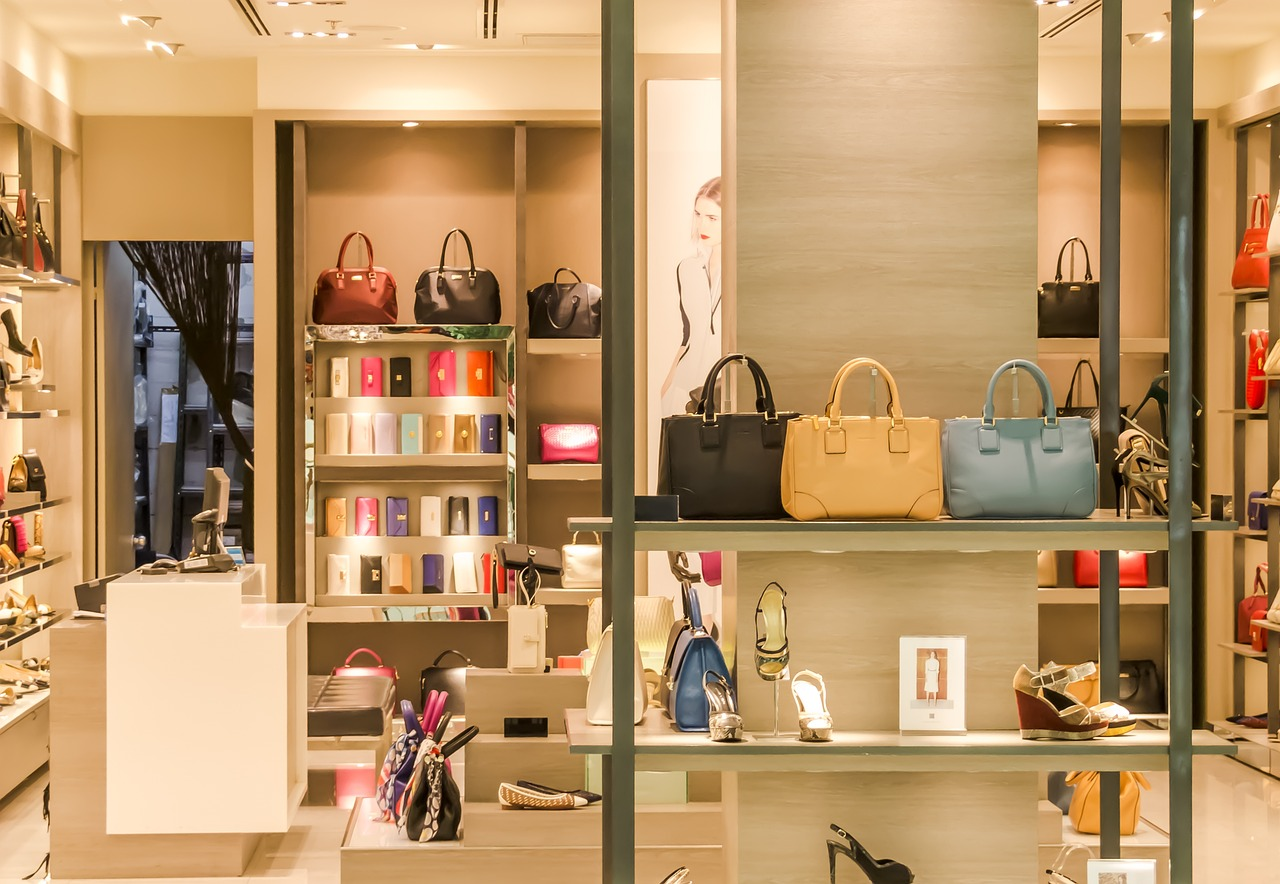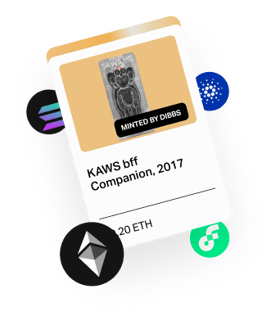How are Major Brands Leveraging Redeemable Digital Collectibles?
Discover how major brands are using redeemable digital collectibles to boost customer engagement and cultivate loyalty.

Traditional advertising methods today are losing their effectiveness as consumers are ignoring ads consciously or subconsciously due to “ad fatigue”.
Brands that recognize this challenge constantly look out for innovative strategies to engage their customers and build lasting relationships. One strategy that is proving helpful is the use of redeemable digital collectibles to provide tangible value to customers.
So in this article, we’ll look at how major brands are leveraging redeemable digital collectibles to achieve a variety of business objectives, from boosting revenue to cultivating customer loyalty.
Subscribe to get our best content in your inbox
By clicking “Submit” you agree to Dibbs
Privacy Policy and
consent to Dibbs using your contact data for newsletter purposes.

Glenfiddich: Building Trust And Authenticity
Glenfiddich, a popular scotch whiskey brand, launched a set of 15 limited-edition redeemable digital collectibles. Each collectible had a revolving image of the bottle it represented and could be redeemed for a bottle of rare whiskey. It also allowed buyers to show off their purchase and acted as a counterfeit-proof certificate of ownership, thanks to the underlying blockchain technology.
Even when the collectible was burnt (sent to a blockchain address where it can no longer be accessed) upon redemption, buyers could verify its authenticity and provenance by looking at the transaction history.
The ability to verify authenticity easily is important as it amplifies consumer trust and prevents counterfeiters from eroding market share and revenue from a business.
Lufthansa: Cultivating Customer Loyalty
Lufthansa, one of Europe's largest airline groups, has revamped its loyalty program by partnering with Uptrip. Instead of merely accumulating points, passengers can collect and redeem digital trading cards for real-world benefits like free in-flight Wi-Fi, access to airport lounges, and even airline miles. What’s more, customers can start earning rewards from their very first flight.
That means they don’t have to accumulate points over a long time to qualify for rewards. Additionally, there are plenty of valuable redemption options available to customers. These benefits create a more rewarding flying experience and enhance customer engagement, which in turn results in improved loyalty.
Musée d’Orsay: Unlocking Exclusive Experiences
Musée d’Orsay, a French museum, is offering two on-chain digital souvenirs to visitors of its upcoming exhibition. Both of them will feature gamified elements that give holders the ability to win prizes, including lifetime passes to the Orsay and invitations to opening galas at the museum.
This gamification combined with the provision of exclusive experiences and potential for real-world rewards keeps the audience engaged over a longer period and encourages them to revisit the museum again.
While traditional experiential marketing can create similar results, it doesn’t create continuous engagement and foster an emotional bond with users in the way that these on-chain digital souvenirs can.
Adidas X BAPE: Tapping into New Audiences
Sportswear giant Adidas recently partnered with Japanese fashion brand BAPE to auction off a limited-edition collection of 100 Triple-White Forum 84 BAPE sneakers via NFT passes, which can be redeemed for the physical item.
The innovative use of NFT passes as a gateway to physical sneakers attracted a younger, tech-savvy demographic. This allowed Adidas to expand its community, beyond its demographic of sports aficionados, and foray into the broader fashion landscape.
Gucci X SuperPlastic: Driving Additional Revenue
Luxury fashion brand Gucci and Toy Brand Superplastic came together to launch the "SUPERGUCCI" collection consisting of 10 exclusive redeemable digital collectibles.
The three-part series was co-designed by Gucci and synthetic artists Janky & Guggimon, and could be redeemed for an 8-inch tall physical ceramic sculpture hand-crafted by ceramicists in Italy.
This collaboration enabled Gucci to diversify its revenue streams and earn revenue through royalties. Each time the digital asset is resold in secondary markets, Gucci has the opportunity to earn a percentage of the resale amount as royalty fee. This creates a continuous revenue stream that goes beyond the initial sale.
So far, all of Gucci’s projects have yielded $10 million in primary revenue and $1.6 million in total royalties, according to Dune analytics.
Create Redeemable Digital Collectibles with Dibbs
The landscape of customer engagement is rapidly evolving, and brands that stick to traditional advertising methods risk falling behind. Ad fatigue is a real concern, and the need for innovative, engaging strategies has never been more critical.
Redeemable digital collectibles offer a compelling solution to this modern dilemma. They provide a novel form of customer interaction and allow brands to offer tangible value to customers as illustrated by the diverse range of brands — from Glenfiddich to Lufthansa and Gucci — adopting this strategy.
But the only caveat is that it’s challenging to create redeemable collectibles. Brands have to deal with different issues, ranging from the creation of the collectible to the redemption process itself.
This is where tokenization services like Dibbs come in. We take care of everything from the creation of redeemable collectibles to the storage and shipping of physical products. To learn more on how Dibbs can help you get started with digital collectibles, schedule a demo with us today.

Jonathan Barbone
Jonathan Barbone is the Senior Director of Partnerships at Dibbs. Jonathan was an avid Magic: The Gathering card collector as a child.

